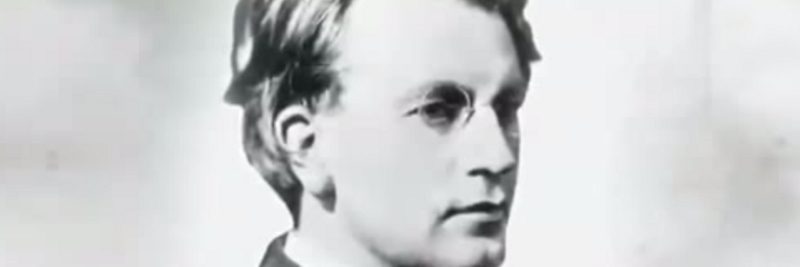John Logie Baird, who was born in 1888, is often listed as one of the greatest Scottish inventors in history. Working as an engineer, he was involved in many of the early technological advances that the world saw during the explosion of technology between 1910-1930. As the youngest of 4 children and a preacher’s kid, his mother was from a wealthy family of shipbuilders and this gave him some advantages in education. He studied in college, but because of World War I, left and then never returned to graduate.
Even though he left, his inventions and experiments have had a profound effect on the world. Here is a look at the highlights of his life’s work.
1. The Mechanical Television
Baird’s most famous invention is easily the mechanical television. By using a form of electronic scanning methods, with rotating discs and mirrors combined with a series of strategically based holes, it became possible for moving pictures to be displayed. Several engineers and scientists were working on this project simultaneously, but Baird’s version the Televisor, was the first true commercial success of the early models of television.
2. The First Movable Images
In a workshop next to a rented flat and in poor health, Baird developed the world’s first working TV. It was a combination of normal household items, including a hatbox, a pair of scissors, and even a few lenses from bicycle lights. He sealed up the set with glue and wax and then proved with this system that it was possible to transmit moving images into the set. Part of this work entailed a 1,000 volt shock during his experiments, but he survived the shock with barely an injury. In 1925, he was able to transmit the first quality picture to a television using grayscale imagery.
3. Long Distance Broadcasting
Having moving images on a television is nice, but what could be done with these images to make them a commercially viable technology? It didn’t make sense to setup studios that could only transmit to a local neighborhood of homes. In 1927, Baird used existing telephone lines to prove that television images could be transmitted over long distances and still retain their quality. The first signals were sent over 438 miles of telephone line, which was double the distance of an AT&T test a month earlier that sent a signal from New York City to Washington D.C.
4. Transatlantic Programming
The first television program that was broadcast over the Atlantic Ocean came in 1928 as a direct result of Baird’s work as well, on behalf of the BBC. Just a year later, Baird also was a founding partner of France’s first television stations. He helped to transmit live images of the Epsom Derby in 1931 and used image project to broadcast large scale images up to 12×15 feet in size. Although electronic televisions would eventually replace the mechanical television, Baird would work on 3D TV and increasing line scans for the next several years until his death in 1946.
Strong proponent of individual liberty and free speech. My goal is to present information that expands our awareness of crucial issues and exposes the manufactured illusion of freedom that we are sold in America. Question everything because nothing is what it seems.




















